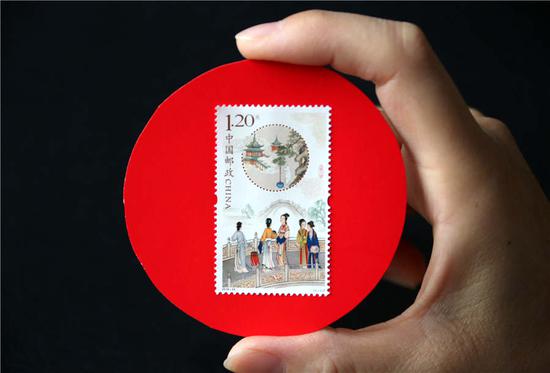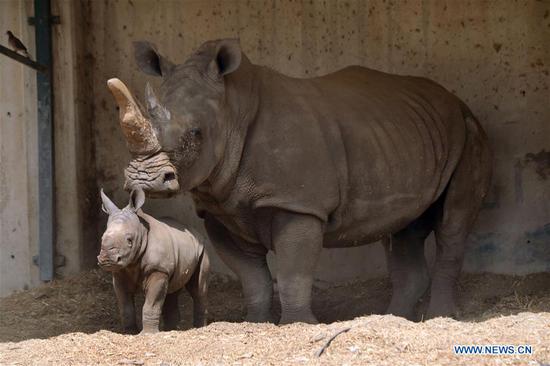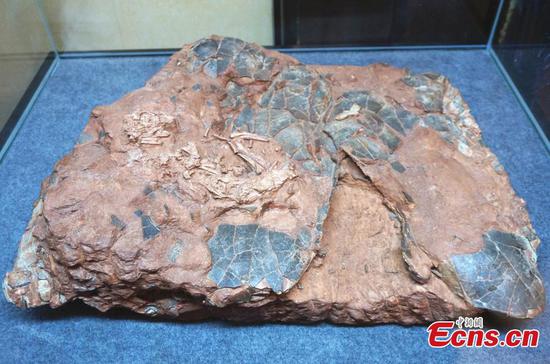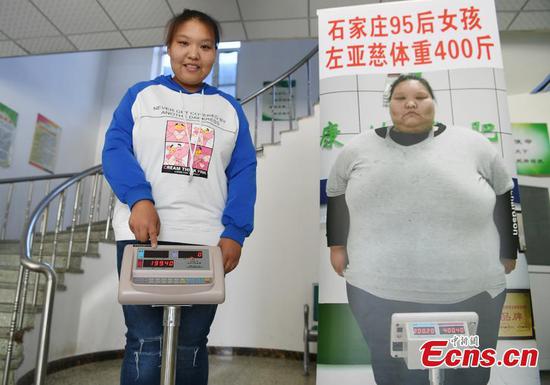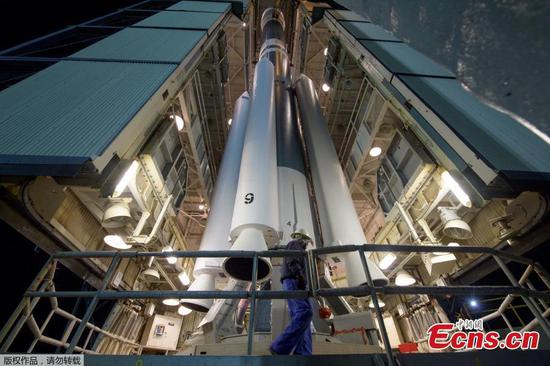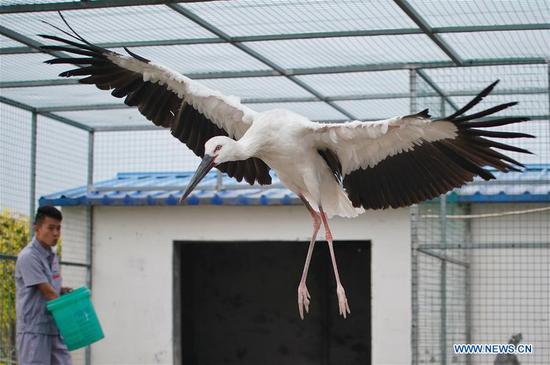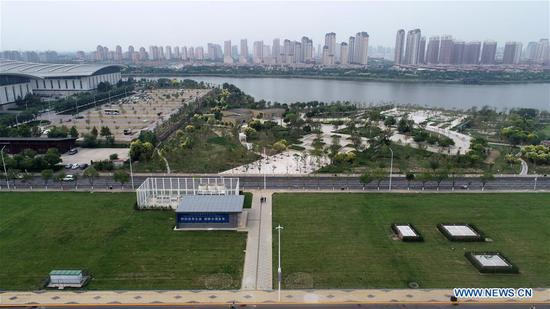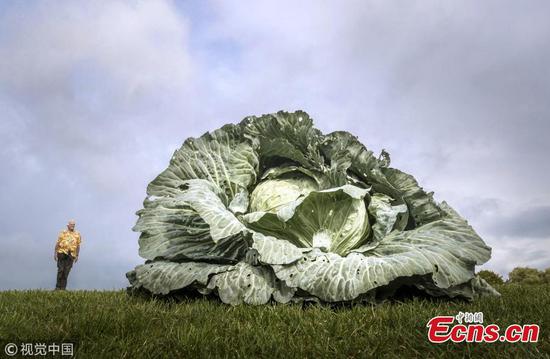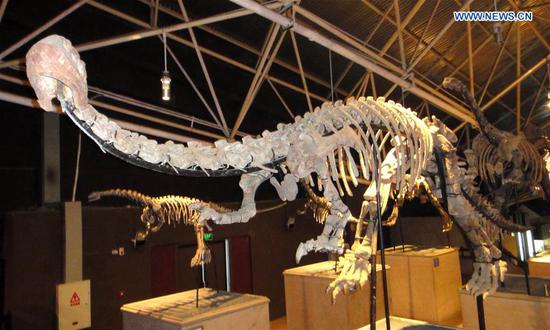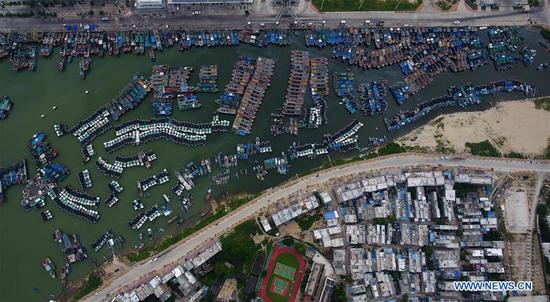An international team involving Australian scientists has solved the structure of a complex molecular machine, 1,000 times smaller than a human hair, which acts like a cellular "postal worker", packaging and shipping cargo around the cells of organisms from yeast to humans.
"We're interested in how proteins move around in our cells," Associate Prof. Brett Collins from The University of Queensland told Xinhua on Tuesday.
Collins, along with Dr. John Briggs at the Medical Research Council Laboratory of Molecular Biology in Britain, led an international team that revealed the dimensional structure of retromer, a protein complex responsible for this cellular distribution.
"Essentially, it's like a postal worker based at a cellular compartment called the endosome, the central sorting station of the cell," Collins explained.
"Cargo is brought to the endosome from all over the cell, from the surface to other internal compartments, and retromer sorts this cargo, produces membrane tubules to encase it, and ensures its transport to the correct location."
The team used cutting-edge technology called cryo-electron microscopy to view the full, assembled structure of retromer.
"This microscope in is a box basically, so you put your sample in and you control it all with a computer," Collins explained.
"And instead of using light it uses electrons so we're able to use that to image things at much higher resolution than a light microscope."
Retromer disfunction is linked to Parkinson's disease and Collins said he hopes the research will lead to a better understanding of how and why it occurs.
"We hope our work will allow scientists to better understand how mutations in retromer lead to neurodegeneration," Collins said.
"In the very long term, this discovery could provide a basis for designing drugs to help target the retromer complex and treat disease."











